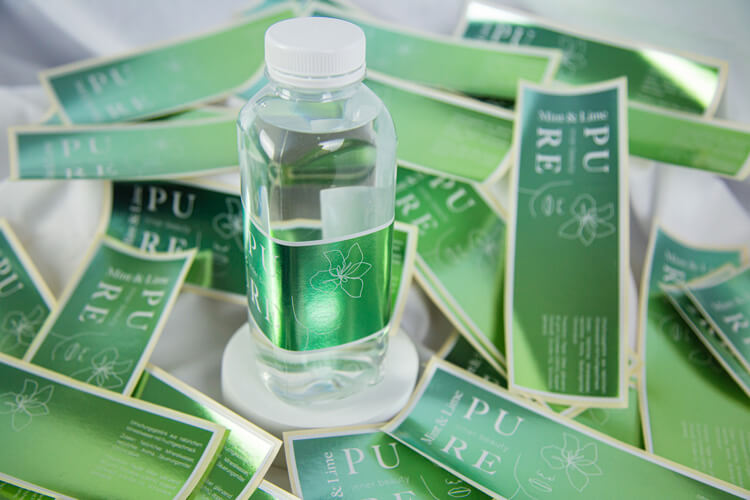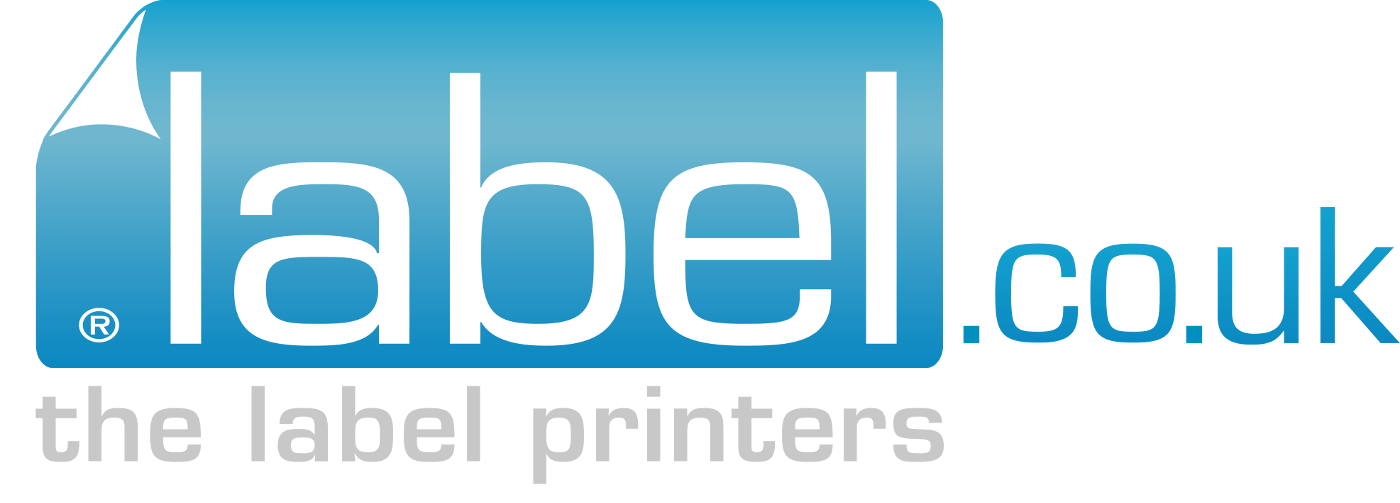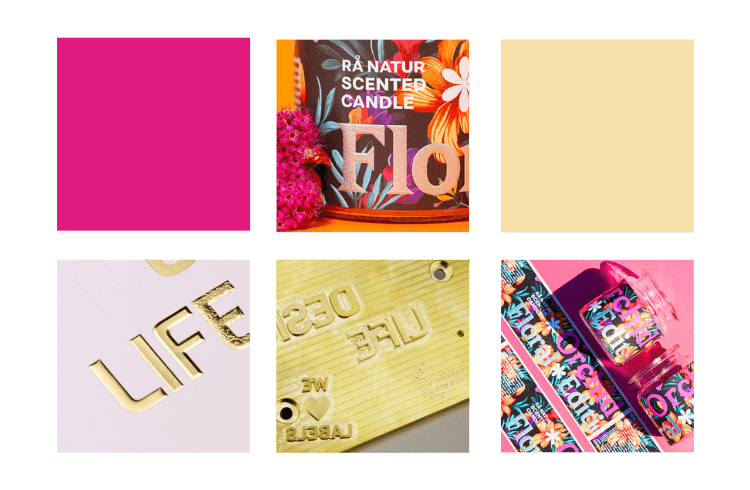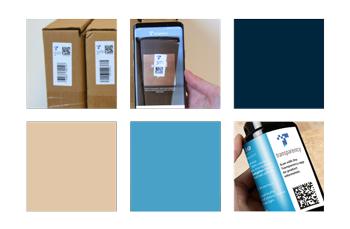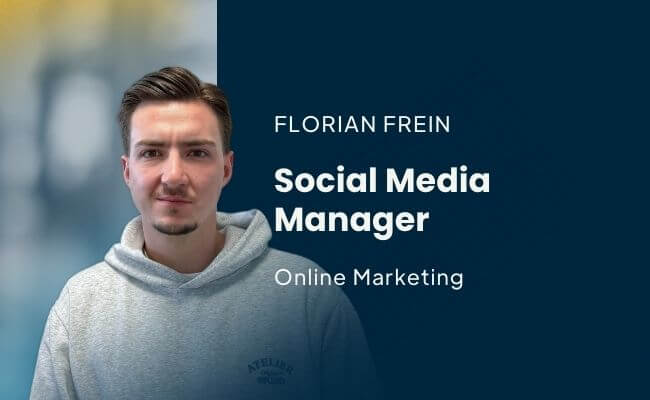A Booming Market
With a vast array of beverages saturating the market, competition is at an all-time high. As we approach the warmer seasons of spring and summer, the beverage industry gears up for another year of evolution and innovation in 2024. In anticipation of these changes, we’ve taken a closer look at the emerging trends shaping the industry landscape. Join us as we explore the key trends expected to make waves in the beverage market this year!
Getting Rid of Sugar
The last couple of years have seen an immense promotion of health-conscious lifestyles. As this topic has become prominent in public discourses, efforts to live in accordance with healthy principles have increased correspondingly. Many people make conscious choices in terms of the foods and drinks they are willing to include in their diets. Therefore, sugar-free sodas and juices are especially popular. Some markets have even gone as far as levying an extra tax on drinks with high amounts of sugar. Measure such as this contribute to consumers opting for low- or no-sugar variations of their favourite sodas, boosting the growth of this market even further.
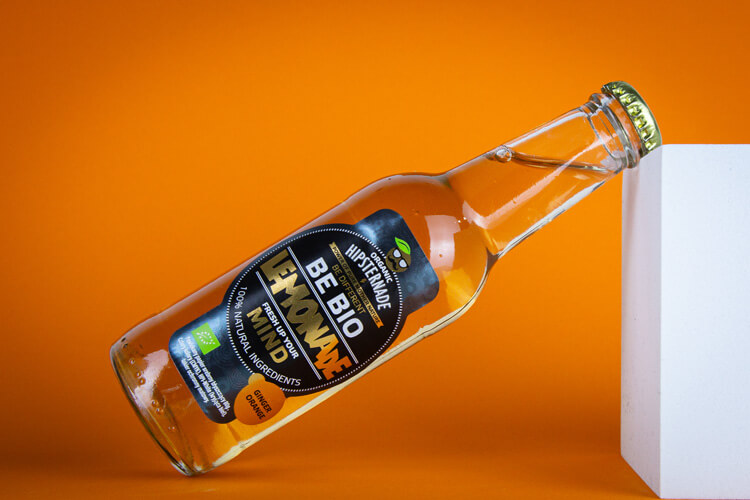
Drinks with Benefits
In line with this movement towards healthier beverages, a new category of drinks has emerged: functional drinks. These are the types of drinks that have – or at least claim to have – beneficial properties. Some of them are infused with vitamins or nutraceuticals, others claim health benefits due to natural ingredients.
Functional beverages are an up-and-coming phenomenon because they cater to two different facets of consumers’ mindsets. Not only do they encourage health-conscious behaviours but in doing so they also provide functionality. So, instead of merely quenching my thirst, I can have a beverage that also enhances my overall well-being. Win-Win!
Attention, marketers: As great as this new opportunity to enter the beverage market is, it is essential to know how to advertise the benefits of functional drinks. Making claims which are not backed by scientific evidence on the packaging of your product, can lead to negative backlash. So, feel free to explore this new market, but do it prudently.
From Zero to Hero
The demand for alcohol-free drinks is going through the roof. Alcohol-free versions of conventionally alcoholic drinks, such as wine, beer and cocktails, are becoming increasingly popular. Therefore, consumers who go for virgin cocktails and 0% wines are no longer unique cases. On the contrary, the market is booming! This growth has mainly been driven by alcohol-free beer, which is one of the fastest-growing drink trends in the UK. On top of that the demand for alcohol-free spirits is increasing enormously.
In addition to advocating for an overall reduced intake of alcohol, non-alcoholic alternatives often contain less sugar than, for example, soft drinks. So, the popularity of alcohol-free drinks not only promotes social acceptability of not consuming alcoholic beverages, but also contributes to a healthier lifestyle.
Fun fact: Alcohol-free drinks have become so popular that in 2023, the UK hosted the very first World Alcohol-Free Awards. This competition is dedicated to determining the best alcohol-free drinks in the market. With categories such as Best Beer, Best Spirit and Best RTD (ready to drink), this event is not only unique and innovative but also versatile. Producers from diverse backgrounds get a chance to promote their drinks and raise their brand profile using this platform.
Sustainability Is a Must
Sustainability is an increasingly important factor in many people’s purchasing decisions. This is also reflected in legislation that aims to support this type of consumer behaviour. One such measure is the introduction of Deposit Return Schemes (DRS) for single-use plastic bottles. Several European countries already have DRS in place and in 2025 the UK will most likely follow their example. With DRS in place, companies will be required to collect and recycle used bottles and cans. Getting a deposit on returned containers will also provide an incentive for people to participate in the system and hopefully reduce plastic pollution and littering.
So, for companies producing and marketing beverages, changes are on the horizon. Packaging and labelling will have to be compliant with this legislation as soon as it is implemented. Our tip: start preparing early to be fully ready for this change of infrastructure. With this you will help make an impact on the responsible handling of resources in the beverage industry.

Design Trends
In a market that is mostly saturated and expanding constantly, how can you make sure your product is the one to grab an unsuspecting customer’s attention? The answer is design.
#1 Quality – Ins and Outs: Maybe you shouldn’t judge a book by its cover, but you could very well judge a product by its packaging. Design trends show that establishing a connection between your products’ contents and their packaging is an effective marketing strategy. With an appropriate packaging design, you can evoke people’s curiosity about your product as well as well as set their expectations. For example, do you want to appeal to an environmentally conscious audience? Choose sustainable, recycled or reusable materials for your packaging!
#2 Personalise: One thing that always does the trick is personalisation. When consumers feel like they are personally addressed by a product, e.g. because it has their name on it, they are much more likely to consider it as an option.
#3 The power of pictures: The same goes for storytelling elements. Including features in your design that use visual impacts to convey a story, is a great way to initiate an interaction between customers and your products. Adding an entertaining component to your design can make all the difference.
#4 Hey, I know that!: Inflicting a sense of recognition in potential customers is another strategy. Be it a piece of art or a famous person, elements that evoke recognition are sure to cause people to stop and look at your product. However, pay attention to the elements you choose and make sure to create some kind of connection to the product. If the recognisable feature is chosen too randomly, people might lose interest.
#5 Interaction is key: Modern technology allows for an even more immediate interaction with products. By including QR codes in your design you can introduce customers to videos, websites and other interactive forms of media, via your label or packaging. Use this technology to leave a lasting impression and have an edge on your competitors.
